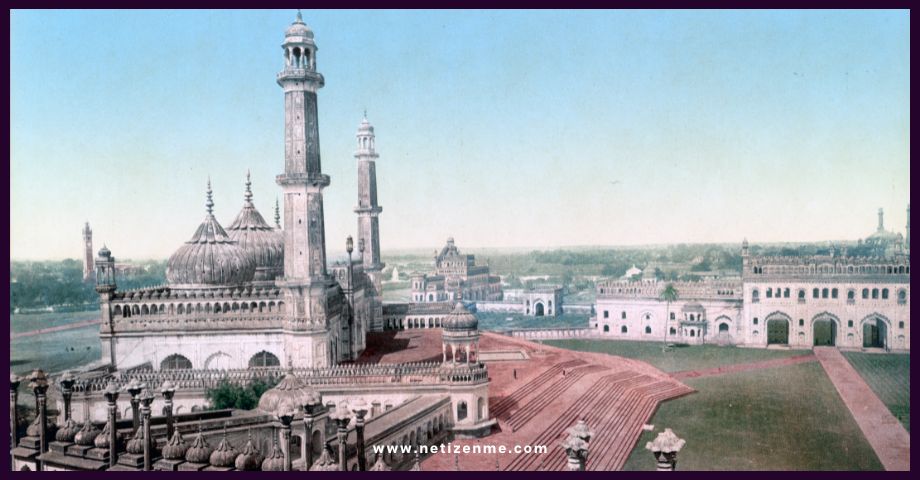In 264 B.C., Rome interfered in a dispute on Sicily, an island controlled by Carthage. Carthage was a wealthy nation that held naval power on the sea. Two mighty nations, Cartage and Rome, almost equal in many ways, fought Punic wars for nearly a century. Was Carthage similar to Rome? Why did Carthage have an advantage over Rome? In what ways were the Romans and Carthaginians similar? In this article, let’s trace how Carthage became almost the equal of Rome.
Carthage: Almost equal of Rome
Carthage, formerly a colony of Tyre, was the commercial capital on the northern coast of Africa.
As highly successful traders, they sailed the Mediterranean Sea and sold goods such as weapons, food, slaves, clothes, and gold. It was the wealthiest city in the ancient world. Carthaginian merchants traded with Greece, Egypt, Phoenicia, and the Hellenistic Kingdoms. Carthage had a powerful naval fleet, which allowed them to secure their markets along shipping routes, deal with the competition, and carry out trade in faraway lands.
Cartwright (2016) writes, “Carthage almost immediately began to prosper thanks to its strategic location on the trade routes between the western Mediterranean and the Levant.” It helped them to become the region’s most significant trading power.
On the other hand, Rome had gained strength and resources after conquering Italy and winning the wars with the Latins, Etruscans, and Samnites. Rome was the dominant power in the Italian peninsula. Rome was politically stable and well-organized with the support of loyal citizens. The Roman army was efficient and motivated due to recent victories.
Both powerful nations wanted to possess the countries near the Western Mediterranean Sea. Carthage and Rome were nearly equal in strength and resources. Carthage had reliable naval power and wealth, while Rome had a stable political organization and a well-trained, powerful army. In Morey’s words (1902), “the greatness of the Carthaginians was shown in their successes, while the greatness of the Romans was most fully revealed in the dark hours of disaster and trial.“
Rome becoming a naval power
Cartage strength lay in their powerful naval fleet. They were the military supremacy of the Mediterranean Sea. It gave them an advantage in times of war as they could quickly move troops and resources as needed.
Even though Rome had a powerful army and naval vessels, it was not enough to match the Carthaginian naval power. Rome’s vessels were used to fight the pirates but not wars. Rome soon realized the disadvantage of the lack of maritime power. Therefore, in 260 BCE, they built their naval fleet in response to the threat from Carthage. Within 60 days, they assembled a significant naval fleet. The fleet included 100 quinqueremes and 20 triremes. They used a captured Carthaginian quinquereme to make an improved duplicate.
Romans wisely identified their weaknesses and strengths. It is for such reason they hired the Corvus. Corvus was an extended platform that could be lowered onto enemy vessels, and troops could board the opposing ship to attack the crew. It gave Romans a tactical advantage against the Cartage seamanship.
Carthaginians were confident in their position as the naval supremacy and did not expect Rome to have the upper hand in a naval battle. Nevertheless, Corvus proved an excellent advancement for Rome’s fleet as they defeated Carthaginians in the Battle of Mylae and continued.
Carthage and Rome were nearly equal in strength and resources. Carthage had reliable naval power and wealth, while Rome had a stable political organization and a well-trained, powerful army. However, eventually, Rome improved its naval fleets in response to the threat from Carthage.
This article is written by:
Our professional writers and editors are passionate about sharing high-quality information and insights with our audience. We conduct diligent research, maintain fact-checking protocols, and prioritize accuracy and integrity to the best of our capacity.
You can cite our articles under the author name "Netizenme"




